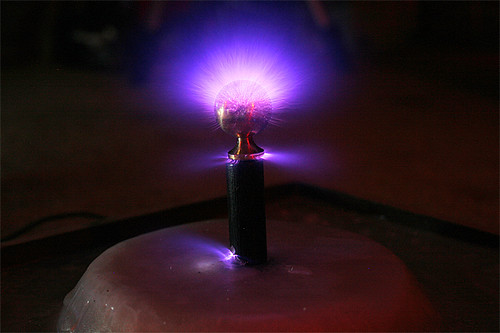Jiffycoil started building bifilar pancake coils with a nice technique that makes them easy to wind.
http://www.energeticforum.com/renewa...tml#post115068

In Tesla's patent 512,340, "Coil for electro-magnets", he says:
COIL FOR ELECTRO-MAGNETS - Google Patent Search
These bifilar pancake coils will be useful for many types of circuits discussed here. If we can learn to design and build pancake coils that have no self-induction, we may observe interesting effects that deserve study.
http://www.energeticforum.com/renewa...tml#post115068

In Tesla's patent 512,340, "Coil for electro-magnets", he says:
I have found that in every coil there exists a certain relation between its self-induction and capacity that permits a current of given frequency and potential to pass through it with no other opposition than that of ohmic resistance, or, in other words, as though it possessed no self-induction.
These bifilar pancake coils will be useful for many types of circuits discussed here. If we can learn to design and build pancake coils that have no self-induction, we may observe interesting effects that deserve study.
 . ?
. ?



Comment